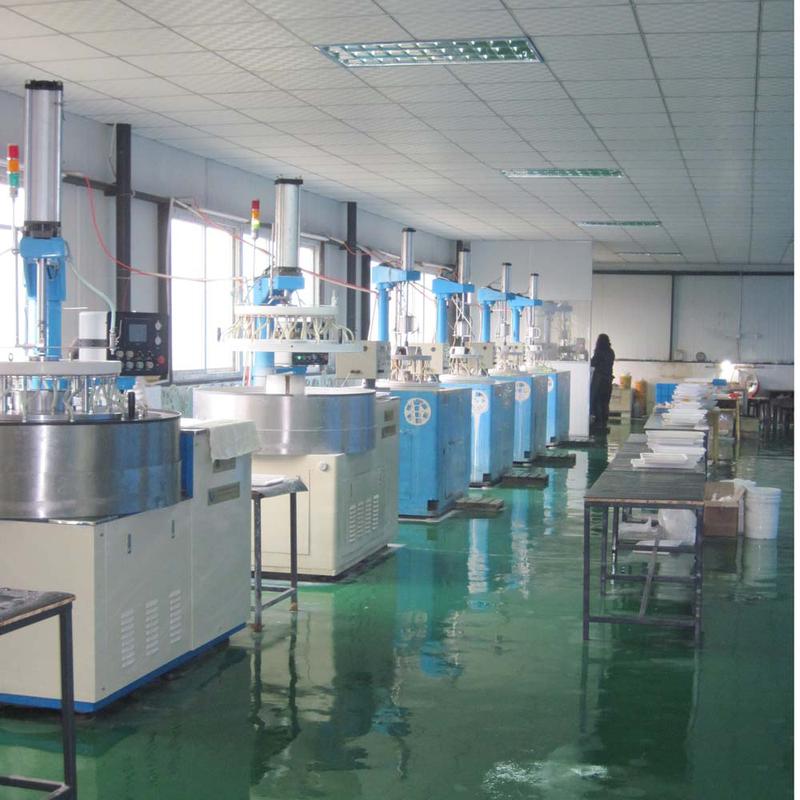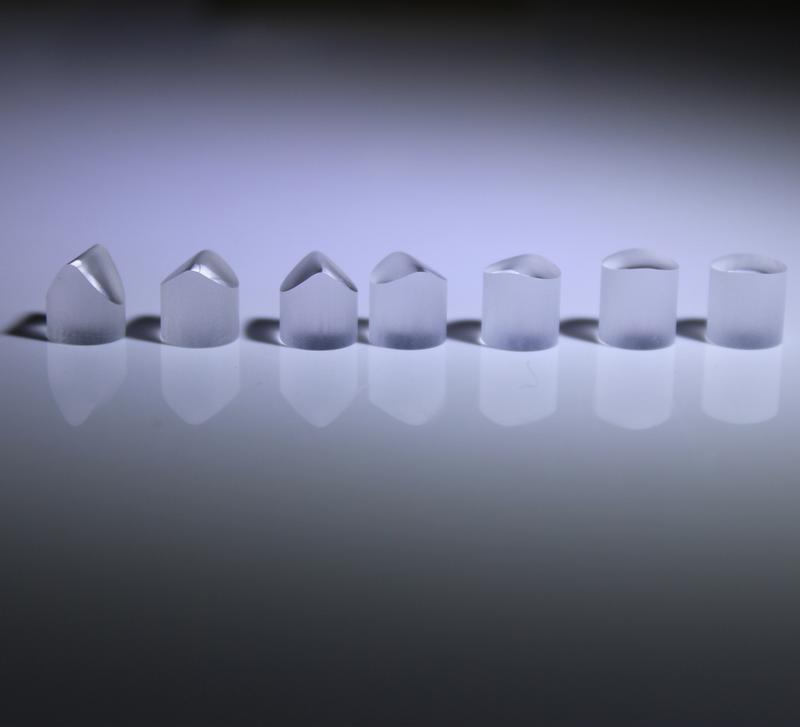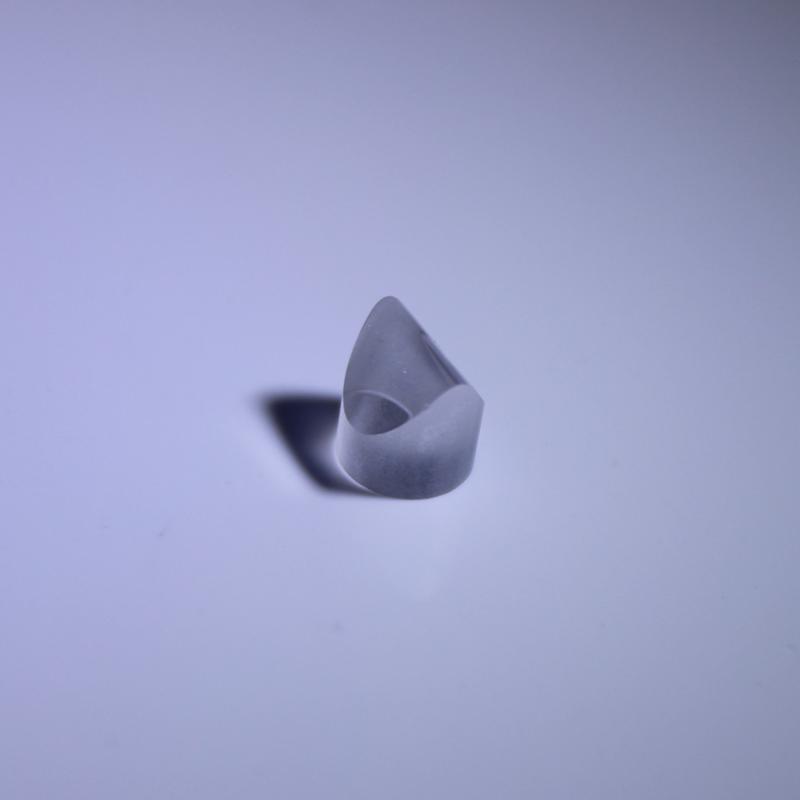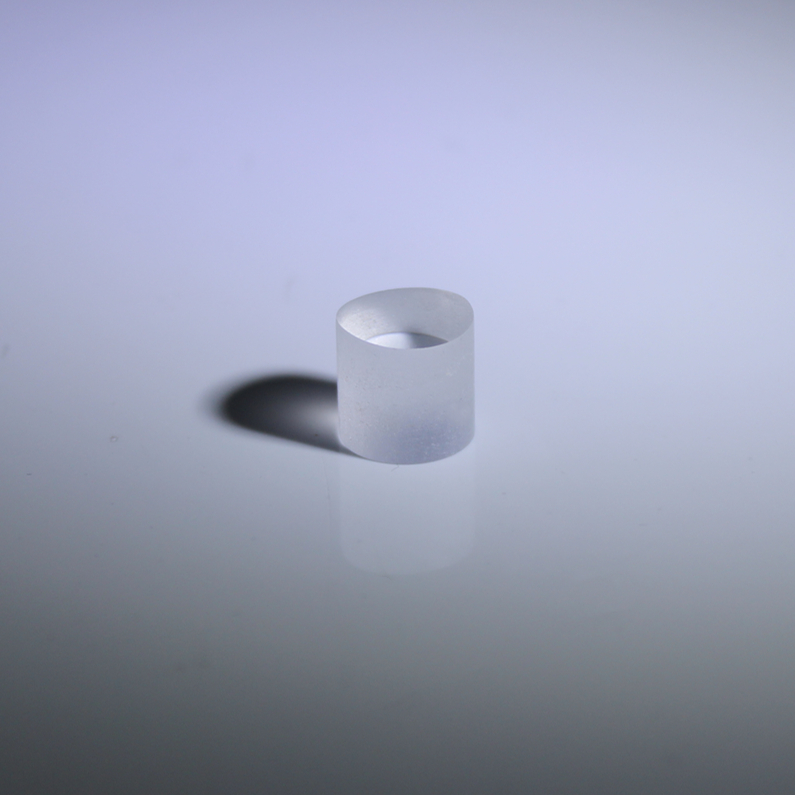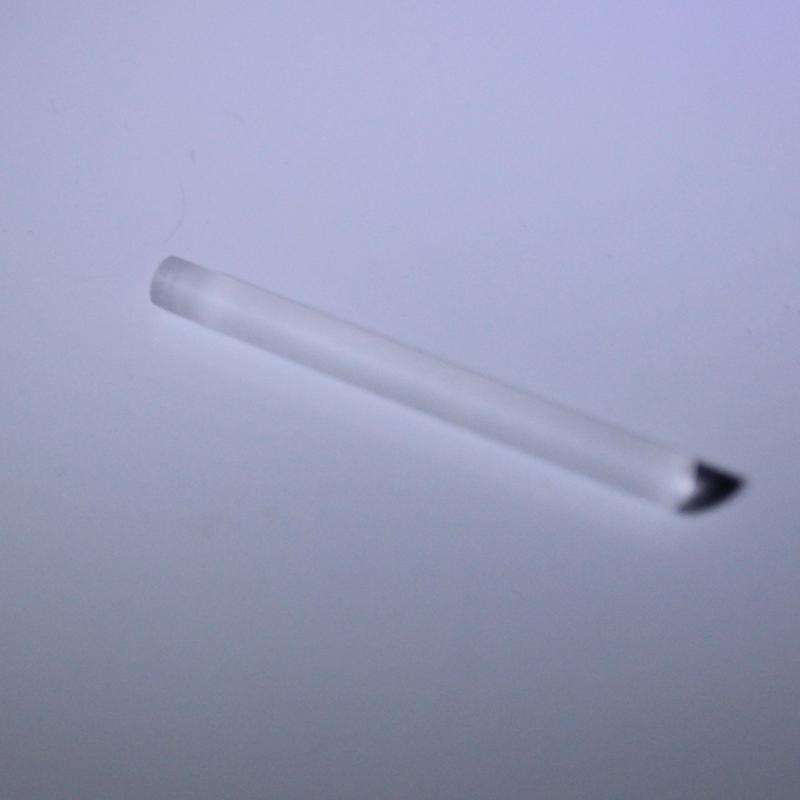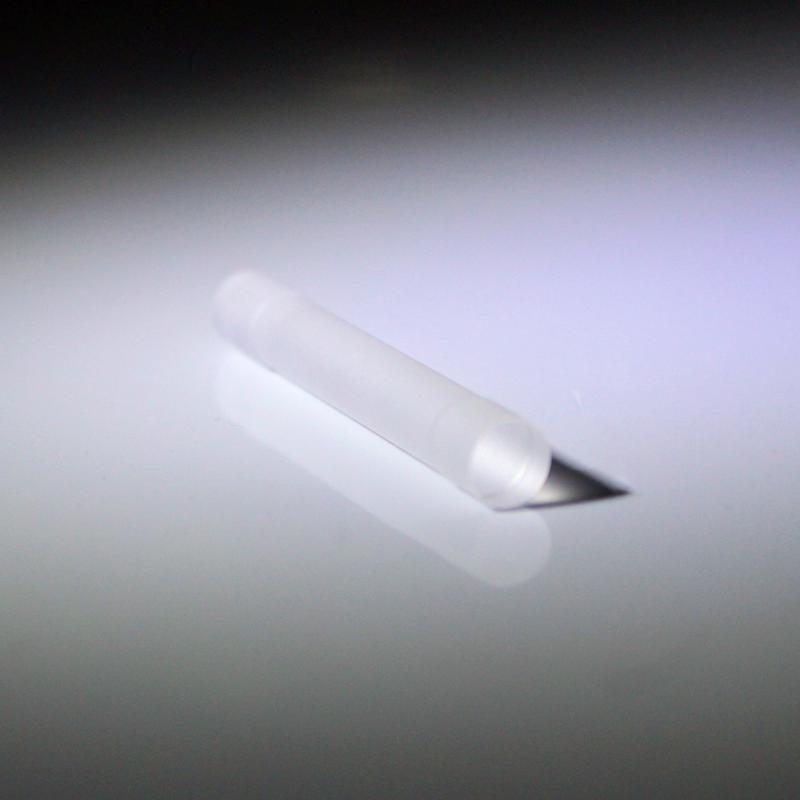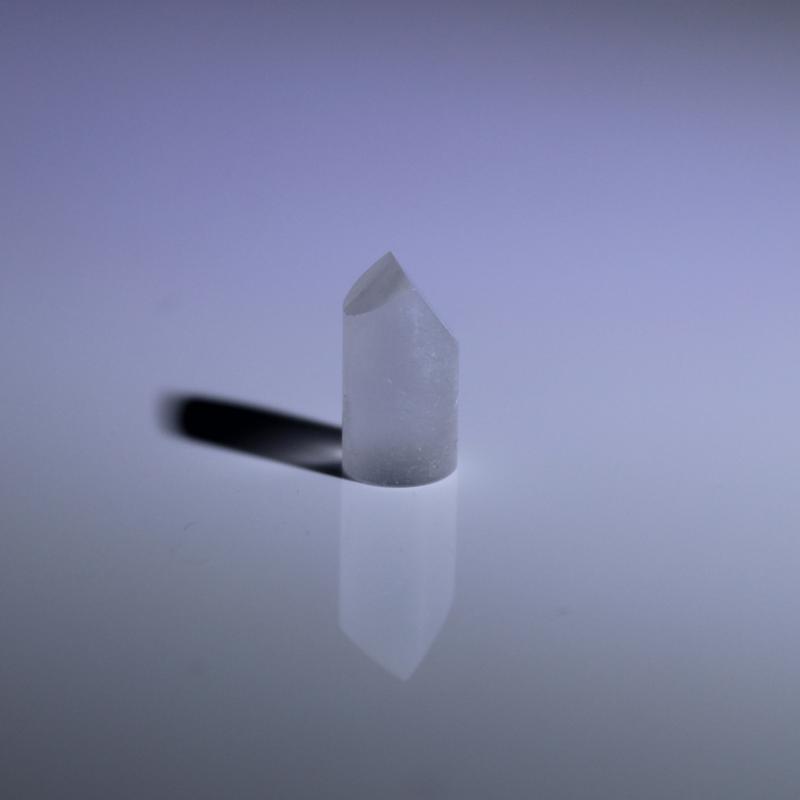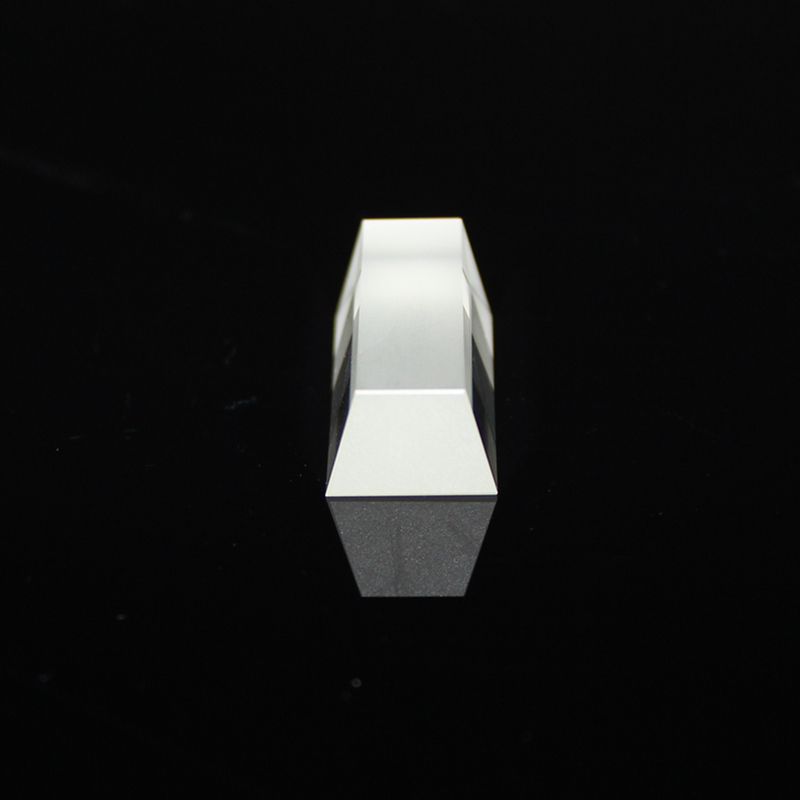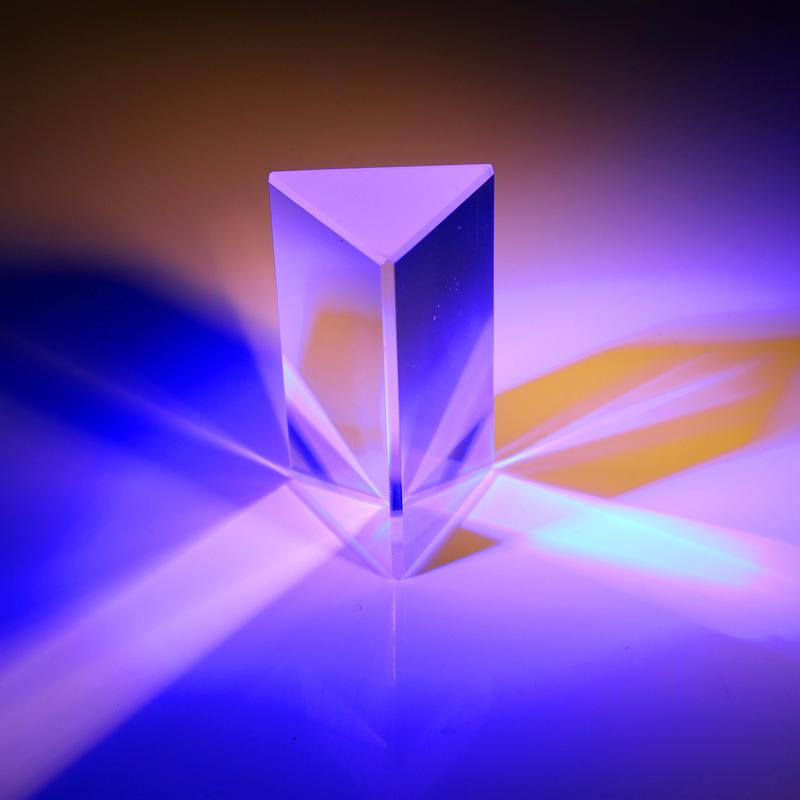Introduction to the Traditional Polishing Process of Optical Lenses
After the optical lens is finely floored through the abrasive liquid, there is nonetheless a crack layer about 2–3m thick on the surface. The approach to do away with this crack layer is polishing. The mechanism of sprucing is identical to that of grinding, besides that the device cloth used is distinct from the sprucing liquid. The substances used for sharpening are flannel, sharpening leather-based, and asphalt. Usually, a high-precision sharpening floor is required. The most often used fabric is high-grade sprucing asphalt.

The use of asphalt for sprucing is to pressure the sharpening liquid to grind the floor of the lens to generate warmth via the exceptional floor of the asphalt, so that the glass melts and flows, melts away the difficult vertices and fills in the valley backside of the cracks, and step by step eliminates the crack layer. At present, the sharpening powder used for sprucing glass lenses is commonly cerium oxide (CeO2). The percentage of the sharpening liquid varies in accordance with the sprucing length of the lens. Generally, a greater awareness of sharpening liquid is used in the preliminary stage of sprucing and when clamping with the sharpening mold. After the lens floor is bright, use a thinner sharpening answer to keep away from orange peel on the replicate floor (fogging on the lens surface).
The motion mechanism used for sprucing and grinding is the same. In addition to the unique sharpening equipment and working fluids, the environmental prerequisites required for sprucing are additionally stricter than those used for grinding. The ordinary matters to pay interest to when sprucing are as follows: There must be no impurities in the floor of the sharpening asphalt and the sharpening liquid, in any other case it will motive scratches on the reflecting surface. The polished asphalt floor has to be regular with the lens surface, in any other case it will be bounced in the course of polishing, which will chew the sharpening powder and scratch the floor of the lens.
Before polishing, it needs to be decided whether or not there are scratches or punctures on the floor of the lens after polishing. Whether the measurement and fabric of the sprucing device are appropriate. Whether the hardness and thickness of the asphalt are appropriate. During the sharpening process, interest should be paid to the situation and accuracy of the lens floor at all times. In the inspection of lens floor defects, due to the fact the inspection manner is judged by way of non-public imaginative and prescient and methods, the inspector has to have a deep grasp of the specs of scratches and sand holes and regularly evaluate the well-known samples of scratches and sand holes. To make sure the correctness of the inspection.
People also ask
What is lens polishing?
Typically this is done by lapping—rotating and rubbing the rough lens surface against a tool with the desired surface shape, with a mixture of abrasives and fluid in between. Typically a carved pitch tool is used to polish the surface of a lens.
Can you polish scratches out of glasses?
To buff out scratches in glass, put a dab of Brasso brass polish on a soft cloth and apply it in circular motions over the glass.
What is grinding lens?
The process of grinding pieces of flat sheet glass (or pressed blanks) to the correct form of the lens. Cast-iron tools of the correct curvature, supplied with a slurry of abrasive and water, are used.
VY Optoelectronics Co.,Ltd. manufacture and provide all kinds of optical lenses, our factory produce optical glass lens and plastic lenses products with high quality and competitive price, our plant have large inventory of various lenses, please contact us for a best price for your reference.
